Echoes of Ancient Lands
Pattadakal Karnataka India
Mother Masala Tours
Tracing Roots and Realms
Pattadakal Karnataka India. Near the serene banks of the Malaprabha River, where Pattadakal - “place of coronation” - sits as a testament to the creative and spiritual momentum of generations. The land’s history stretches back to a time before empires rose here; early settlements traced to Neolithic communities left traces of pottery and stone implements. Moving through time, Pattadakal flourished as a ceremonial heart, especially between the 6th and 8th centuries CE, and became a favored location for royal coronations. Long before anyone imagined monumental shrines in this region, communities gathered for trade, ritual bathing, and open-air meetings.
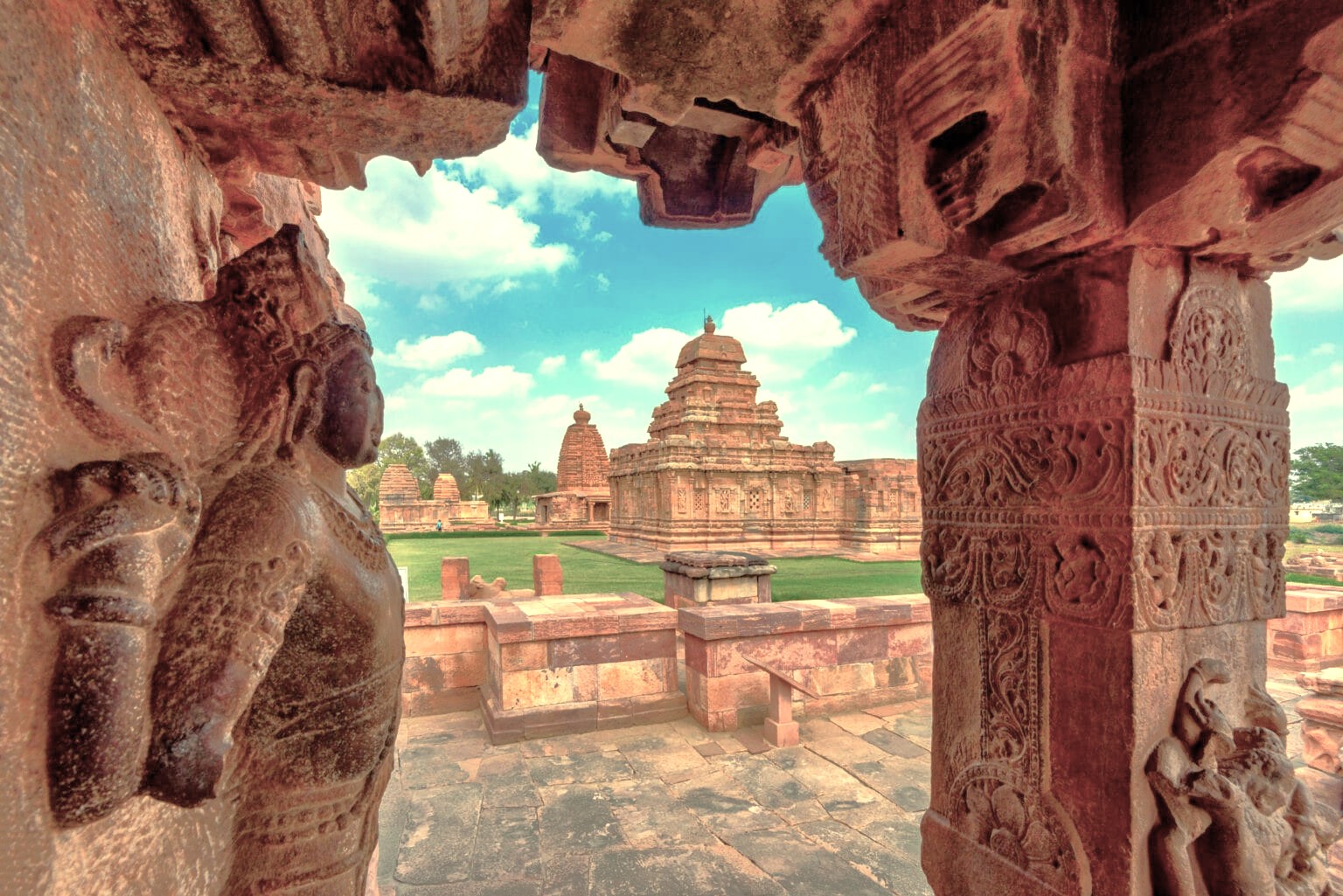
Pattadakal Karnataka India: Sacred Spaces
While Pattadakal itself is a prized Unesco site, each structure here tells a unique story. Inscriptions in Sanskrit and old Kannada record donations, victories, and religious ceremonies. You’ll see processional platforms, commemorative pillars, and ancient ceremonial masts that served as focal points for communal rituals and royal festivities. The unique attributes of Jain Narayana Temple - where intricate pillars feature delicate Tirthankara images - and the sacred stone wells aligned to lunar cycles, believed to bless all who draw water before sunrise. The site holds hidden corners: meditation caves, timeless plinths for priests to recite texts, and seasoned courtyards that once echoed with the sound of conch shells during dawn’s first light.
Ancient Mosaics: Impeccable Craftsmanship
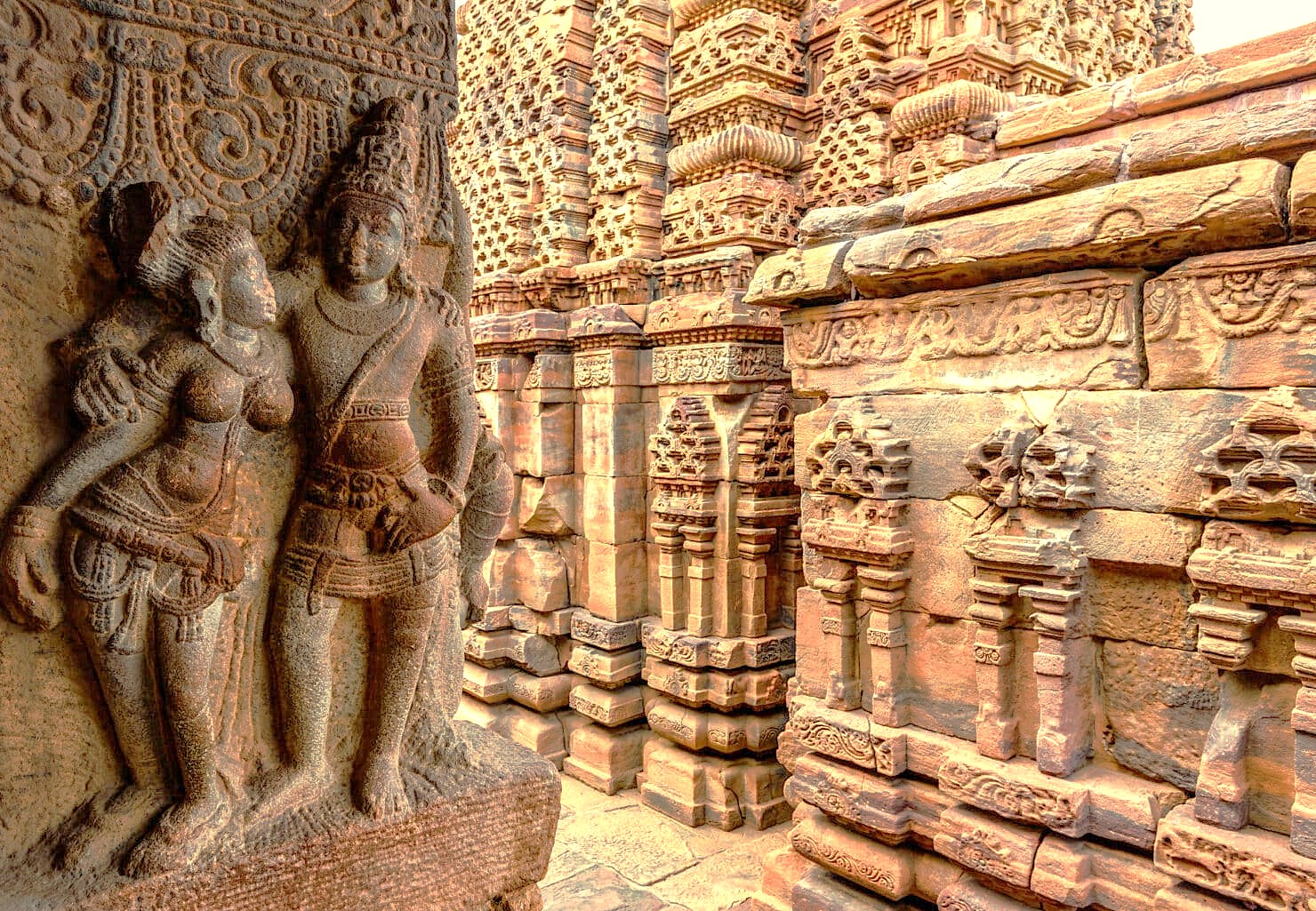
Among the grand halls and open verandas, we’re transfixed by the artistry on every surface. Local stoneworkers carved and fit sandstone blocks with impeccable skill. Under Queen Lokamahadevi’s direction, skilled craftsmen from the Deccan and northern regions collaborated, blending both southern Dravida and northern Nagara building design in a single ensemble. Master sculptors engraved deities, floral patterns, and friezes that still appear fresh, their artistry unparalleled. Dates like 740 CE are recorded in stone inscriptions, noting the period when master builders led construction of Virupaksha Temple.
The Pulse of the Local Community
This place hums with life, as locals welcome us with a friendly, generous warmth unique to this area. Generations still cultivate small rice fields, work as temple caretakers, and participate in age-old festivals. The community’s rhythm is set by traditional music and celebratory gatherings. Locals are hospitable, open to sharing stories, and take pride in ensuring that everyone - visitors or neighbors - feels relaxed, safe, and part of the wider tapestry. Daily chores blend with ceremonial activity, and the result is a truly classic, engaging environment that invites us to linger.
Capturing the Magic: A Photographic Haven
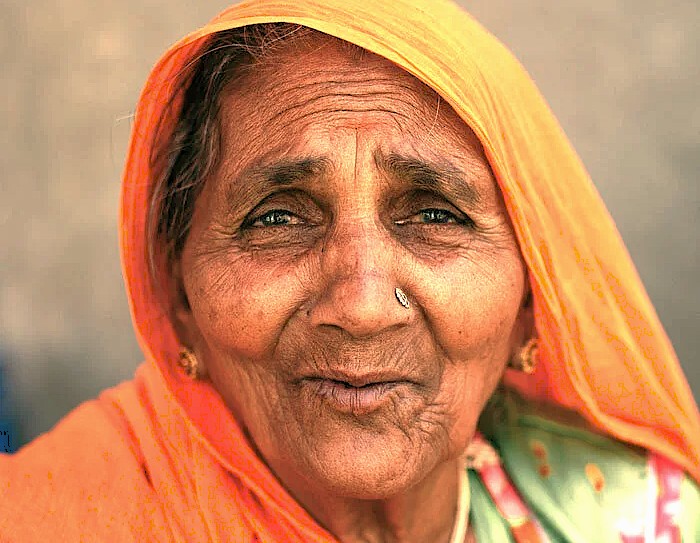
Pattadakal Karnataka India. Intricate stone towers and carved pillars create a scene that stands out. The sunrise spreads a soft glow over Pattadakal’s courtyards, lighting each temple’s shape and details without adding a heavy mood. Many choose to photograph the light on stone, catching simple and classic views seen at this riverside site. We can find different compositions, each offering its own angle. Every photograph captures old shapes and patterns in clear daylight rather than deep shadow. The calm space faces the river and opens to the horizon. Discovering each corner, we take in what remains from centuries of work done by many hands.
A Culinary Journey: Savor the Flavour
Local kitchens here prepare meals that combine Karnataka’s best traditions. Steaming ragi mudde (finger millet balls), tender jowar rotti, and tangy chutneys, all paired with spicy green-gram curry, make for an incredible feast. Menus feature seasonal greens, sesame, and local jaggery, steamed and slow-cooked in classic copper pots. Recurring touches of coconut, fresh coriander, and curry leaves give a unique, phenomenal taste, fulfilling the palate and nourishing the spirit after hours of temple wandering. Meals are communal, joyful, and reflective of rustic sophistication.
The Connection with the Gods

Reverence flows through every corner, as the temples here honor both Shaivite and Jain spiritual traditions. The main Virupaksha Temple is devoted to Shiva, believed to have received daily offerings from Queen Lokamahadevi herself. Inscriptions recount that the Goddess Parvati’s presence was invoked in almost every coronation, while stories passed down mention saints like Jinasena and the devout Ganadhipatis who visited to give spiritual teachings. Local legend states that the edifice at Sangameshwara was where rituals would align with celestial cycles, the roof openings designed so that morning rays would transfix the primary linga, connecting sunrise with the heart of devotion.
Festivals of Devotion: Honouring the Sacred and the Divine
Erupts in color and music during the annual Pattadakal Dance Festival, usually staged in February. Dancers from across India perform against the temple backdrops, highlighted by evening oil lamps casting shimmering shadows. Mahashivaratri is observed by decorating shrines with fresh marigolds and chanting, with the community gathering in peaceful admiration. During the annual chariot procession, typically in March, carved wooden chariots carry sacred icons down ancient streets in elegant formation, accompanied by music and dramatic storytelling.
Serendipitous Meetings: Beyond the Main Path
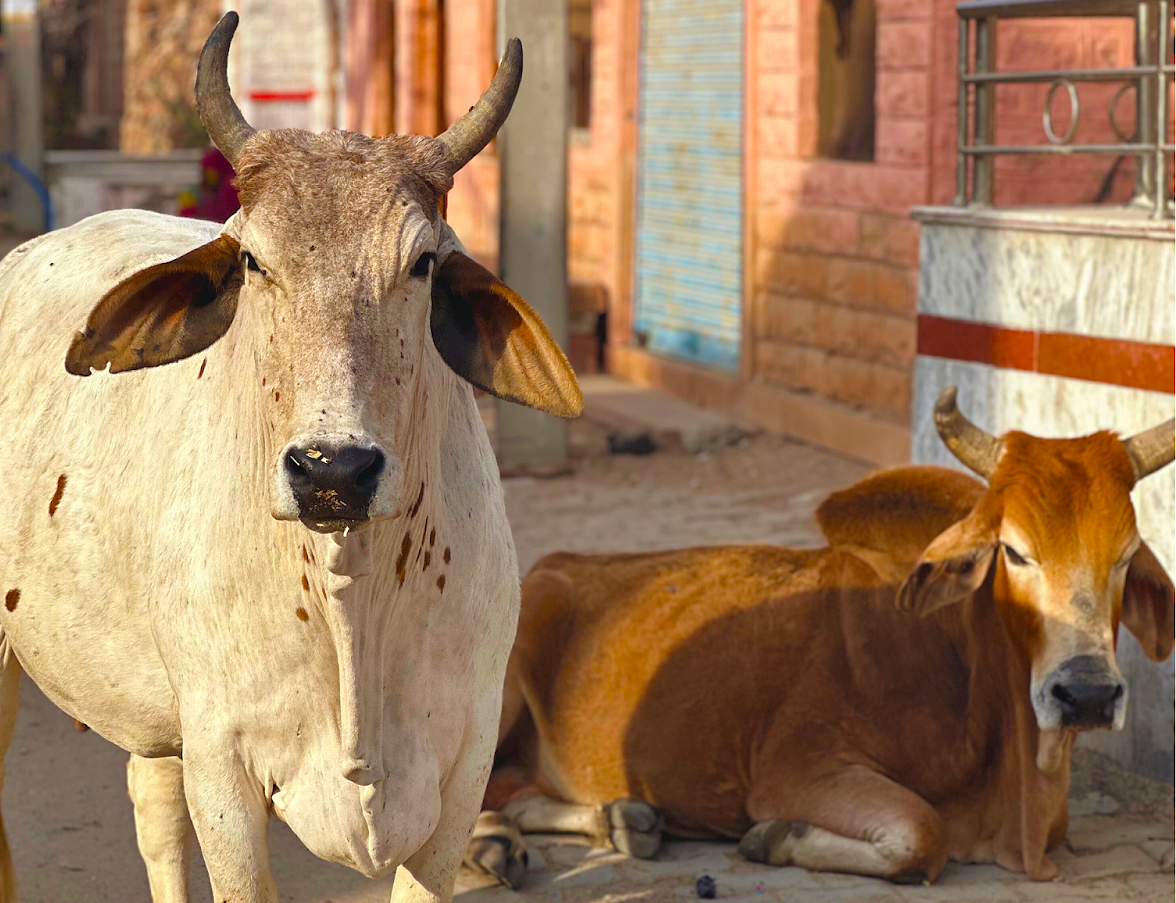
Off the main field, narrow paths lead us through lanes where potters work on clay lamps and stone carvers carefully form deity figurines. Some women are busy weaving mats from long river reeds nearby. There are sounds from small oil mills and the steady turn of flour grinders. Traditional tools are used in workshops, and these crafts show methods from before our time. When the temple festival takes place, markets fill with many artisans who sell handmade toys, flower garlands, and sweets. The area becomes full with activity and color, each person bringing their goods to share. These market days feel simple and busy, shaped by the hands of many workers.
Ancient Technologies: Sacred Sound, Geometry & Astrological Influences
Pattadakal Karnataka India. Standing within the great halls, you will hear your voice subtly amplified as sound resonates through the symmetrical interiors, each designed with sacred mathematical ratios. The main temples align east to west, with expertly calculated symmetry that ensures every equinox brings the sun’s first rays to particular icons or altars, a miracle of both engineering and spirituality. Limestone, sandstone, and granite blocks were quarried and dressed for sound resonance and lasting composition. Solfeggio sound frequencies - such as 528 Hz (associated with healing and transformation) - are recreated naturally in the echo chambers below each main hall.
Resilience and Renewal: Overcoming Adversity’s: Challenges
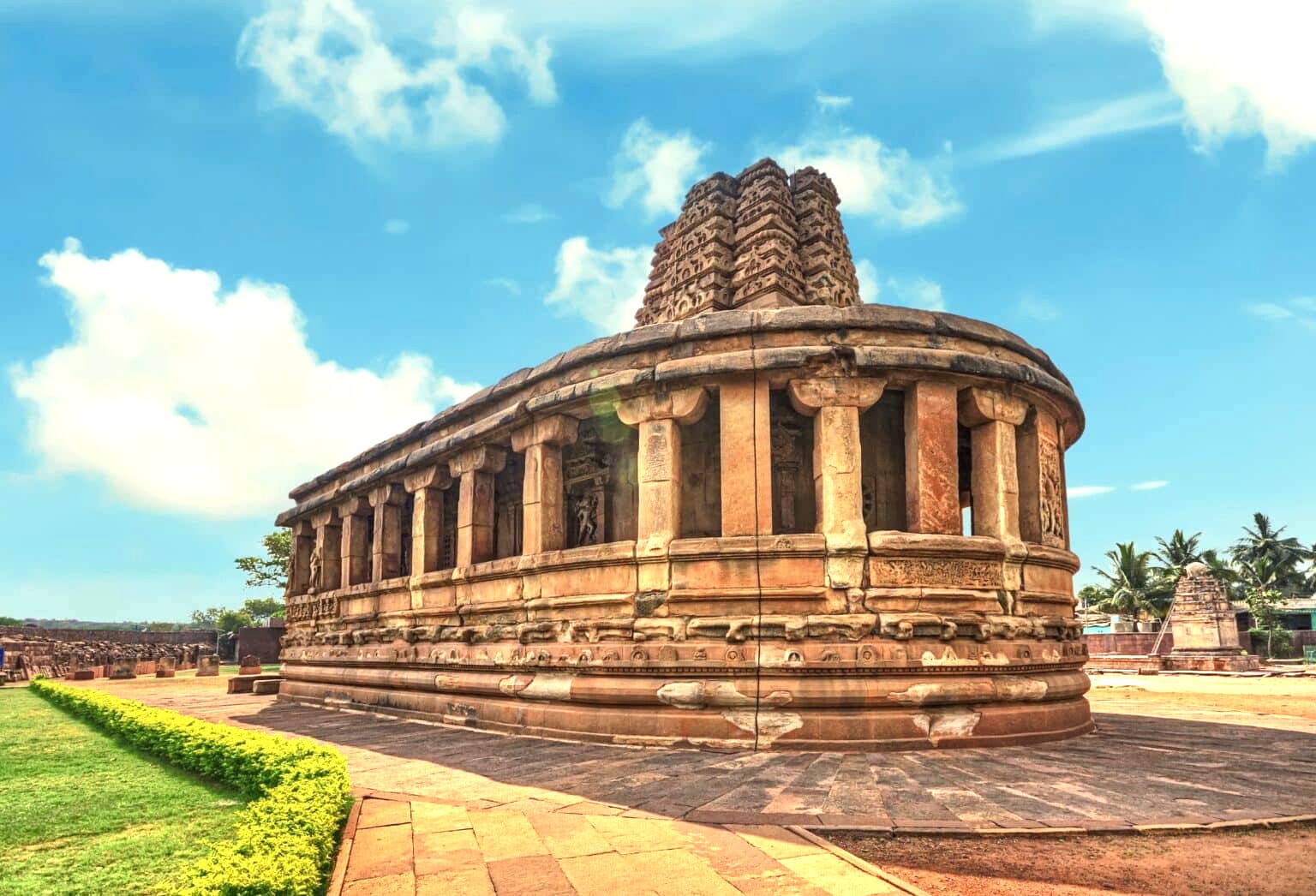
Flood waters from the Malaprabha river, in 1972, have inundated its foundations, while devastating lightning strikes in the 19th century fractured its superstructures. Even the tramp of armies sweeping through centuries ago left damage on shrines and sacred halls. Each time disaster struck, the people often galvanized by their priests or headmen, have gathered with unwavering determination to repair, reinforce, and fprotect this heritage. After the major deluge of 1924, a community effort saw artisans restore pillars, altars, and revive the spirit of the place.
Urban Legends: Strange Sightings, Myths and Mysteries
Local tales include stories of a stone bull that roams on festival nights, a hidden treasure beneath the lotus altars, and the sound of temple bells at midnight - even when all is still. Some believe a secret passageway links the foundations of two main temples, its entrance only seen under a rare full moon. Ghostly figures and glowing lights, seen by elders in the monsoon mists, feed into a lore that is as lively as the official history.
Holy Cow, India is Everything You Didn’t Know You Needed
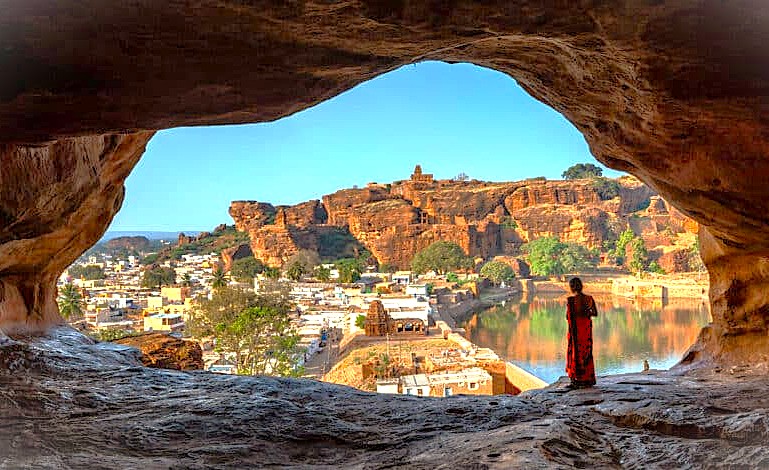
We step outside under open skies and move into the temple courtyard. The stone paths pass between pillars and patterned walls. Lines are carved into the stone with care, sometimes deep, sometimes faint. The area is open and the walls show the work done long ago. Light from the sun falls through the arches and onto the ground. The pillars cast straight shadows across the floor. Some stones are smooth, others show textured marks from older tools. The air is quiet and the space feels easy to cross.
Symphony of Generosity: Offerings from Wanderers to Residents
Pattadakal Karnataka India. This community is known for its open exchange. Local people offer lessons in older rituals and skills while others share stories from where they have traveled. Time spent together often means learning something new in a simple way. Small acts, such as sharing daily bread or helping a neighbor, become part of the daily life here. The calm flow of stories and skills links everyone in the group without any need for big displays. Daily life continues much as it has for many years, with tools passed from one pair of hands to the next. Our days fill with quiet changes, shaped by simple actions found in this place.